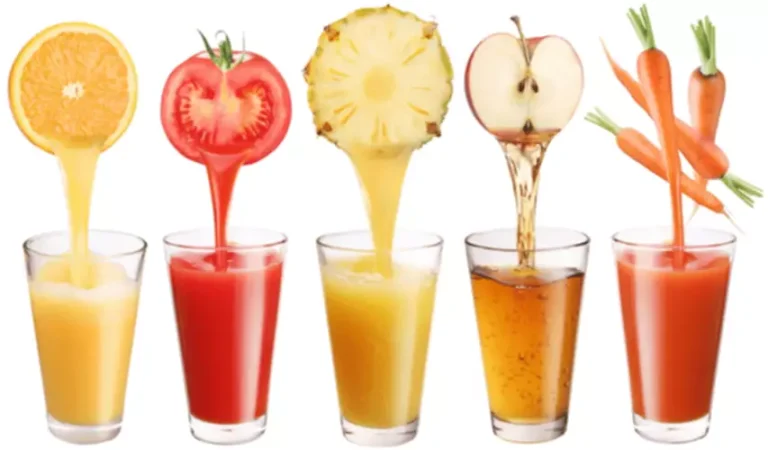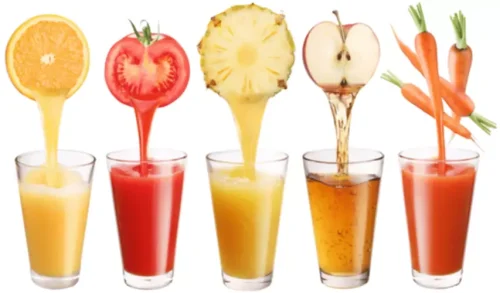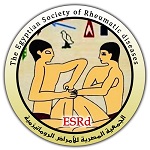
After the onset of dependence, where higher doses of a substance are required to achieve the same effects, individuals often enter the stage of full-blown addiction. Addiction is characterized by compulsive drug seeking and use, despite the harmful consequences and potential risks to physical and mental health. This stage marks a critical escalation from mere physical dependence to a chronic disorder where the psychological need to use becomes predominant. Although young people are particularly vulnerable to the adverse effects of substance use, not all adolescents who experiment with alcohol or drugs go on to develop a substance use disorder. Studies that follow groups of adolescents over time to learn about the developing human brain should be conducted. These studies should investigate how pre-existing neurobiological factors contribute to substance use, misuse, and addiction, and how adolescent substance use affects brain function and behavior.
Breaking the Cycle of Addiction
Addiction is defined as obsessive thinking and compulsive need for drugs, alcohol, food, sex Twelve-step program or anything despite the resulting negative consequences. Addiction includes the development of tolerance combined with withdrawal symptoms. In addition to tolerance, an addict or alcoholic will experience intense physical cravings for the drug and an emotional obsession to take alcohol or drugs regardless of the consequences.

The Role of Relapse in the Addiction Cycle
- Relapse means the return to drug or alcohol use after a period of abstinence or sobriety.
- The signature of this phase is a preoccupation with using the substance, known as “cravings.” The prefrontal cortex (PFC) is the brain region primarily involved in the preoccupation/anticipation stage.
- Although young people are particularly vulnerable to the adverse effects of substance use, not all adolescents who experiment with alcohol or drugs go on to develop a substance use disorder.
- This model has little diagnostic utility and most likely explains the behavior of a very small proportion of individuals with substance use disorders.
- At the core of physiological dependence is the brain’s reward system, which is hijacked by addictive substances, leading to a rewiring of neural pathways that prioritize substance use over other life activities.
- It is noteworthy that relapse rates can vary depending on the specific substance.
Recovery.com combines independent research with expert guidance on addiction and mental health treatment. Our mission is to help everyone find the best path to recovery through the most comprehensive, helpful network of treatment providers worldwide. The Drug PersonalityThe drug personality develops though continued, chronic use. There is a typical set of behaviors that most addicts or alcoholics exhibit. When taken as a whole, the following symptoms are strong indicators of addiction. The stages of the cycle of addiction can be matched up with some of the stages of the model of behavior change and its relationship to recovery.

Addiction Cycle: Unveiling the Interplay of Psychological and Physical Elements
Different classes of chemically synthesized (hence the term synthetic) drugs have been developed, each used in different ways and having different effects in the brain. Synthetic cathinones, more commonly known as “bath salts,” target the release of dopamine in a similar manner as the stimulant drugs described above. To a lesser extent, they also activate the serotonin neurotransmitter system, which can affect perception. Synthetic cannabinoids, sometimes referred to as “K2”, “Spice”, or “herbal incense,” somewhat mimic the effects of marijuana but are often much more powerful. Drugs such cycle of addiction as MDMA (ecstasy) and lysergic acid diethylamide (LSD) also act on the serotonin neurotransmitter system to produce changes in perception.
Biological Factors Contributing to Population-based Differences in Substance Misuse and Substance Use Disorders

However, this is not an indication that the person has failed, only that treatment needs to be adjusted. It’s not just about wanting the substance anymore—it’s about needing it to function. But remember, this is the point where treatment can have the most profound impact. In my lab in Montreal, where we gave animals 4 h of daily access to intravenous cocaine at 1 mg/kg/injection, 89% learned within 1–5 days to take cocaine steadily and without stopping until the drug was withdrawn. While the time between injections was initially quite variable, the variability narrowed to levels that meet my operational definition of compulsive drug taking (Figure 1) (Wise, 1996).
- Informed by her personal journey to recovery and support of loved ones in sobriety, Jessica’s empathetic and authentic approach resonates deeply with the Addiction Help community.
- Addictive disorders have a 40% to 70% heritable genetic component.24 Numerous genes contribute to the risk of addiction, each with a unique effect size, and their interplay results in the overall genetic predisposition or protection from addictive disorders.
- Drugs and alcohol can serve as a tool for self-medication, providing temporary relief from symptoms of depression, anxiety, trauma, and others.
- Breaking this cycle is difficult, but understanding the role of psychological dependence and its triggers is a crucial first step toward overcoming addiction.
- Cravings then act as the fuel, driving individuals to seek out their addiction despite knowing the negative consequences.
- This intolerance is not due to an allergic reaction, which is a more severe immune response, but rather a lower threshold for the side effects of the drug.
- It can be broken at any point, no matter how many times you’ve spun through it or how long you’ve been spinning.
Understanding psychological dependence is key to comprehending why individuals find it challenging to break the cycle of addiction. Dependence is another critical stage of addiction that refers to the body’s adaptation to the presence of a drug, requiring higher doses to achieve the same effects initially experienced. This escalation in dosage can further entrench the cycle of addiction, making treatment even more crucial at this stage and also necessitating medical care in order to recover.
I would argue that animals are addicted when they take these drugs as compulsively as do our animals, even when we limit their collateral health problems by restricting their drug access to a few hours a day. That is, withdrawal distress cannot explain the habit that initially established physical dependence, nor can it explain the rapidity of relapse in addicts that have been detoxified (Stewart and Wise, 1992). They are part of the disease state caused by addiction; they are not part of the cause of addiction. Cognitive-behavioral therapy, community reinforcement, and group and family therapies are commonly used to treat addiction psychologically.
Psychological Dependence in Addiction

Substance abuse can lead to criminal activities such as theft or driving under the influence, resulting in legal fees, fines, or even incarceration. These consequences further complicate the individual’s life, making recovery even more challenging. https://ecosoberhouse.com/article/dealing-with-peer-pressure/ Addiction doesn’t just affect the person using substances—it ripples out, impacting everyone around them. Trust issues arise, communication breaks down, and emotional connections weaken. Addiction can lead to isolation, as loved ones may distance themselves to protect their own well-being. This often leaves the person struggling with addiction feeling alone and unsupported.

Recent Comments